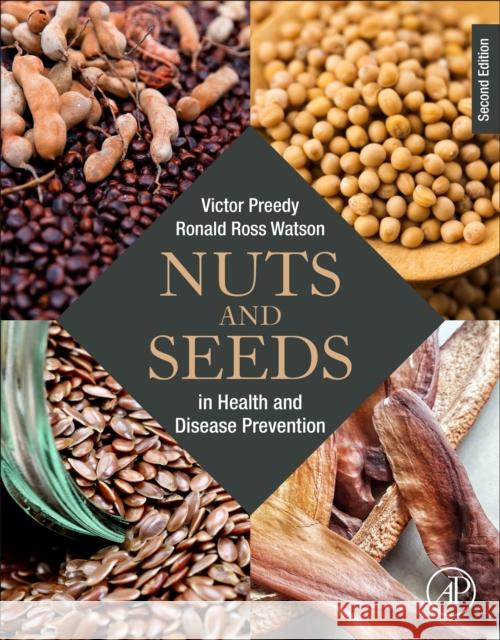Nuts and Seeds in Health and Disease Prevention » książka
topmenu
Nuts and Seeds in Health and Disease Prevention
ISBN-13: 9780128185537 / Angielski / Miękka / 2020 / 638 str.
Kategorie:
Kategorie BISAC:
Wydawca:
Academic Press
Język:
Angielski
ISBN-13:
9780128185537
Rok wydania:
2020
Ilość stron:
638
Oprawa:
Miękka
Wolumenów:
01
Dodatkowe informacje:
Bibliografia
Wydanie ilustrowane
Wydanie ilustrowane











